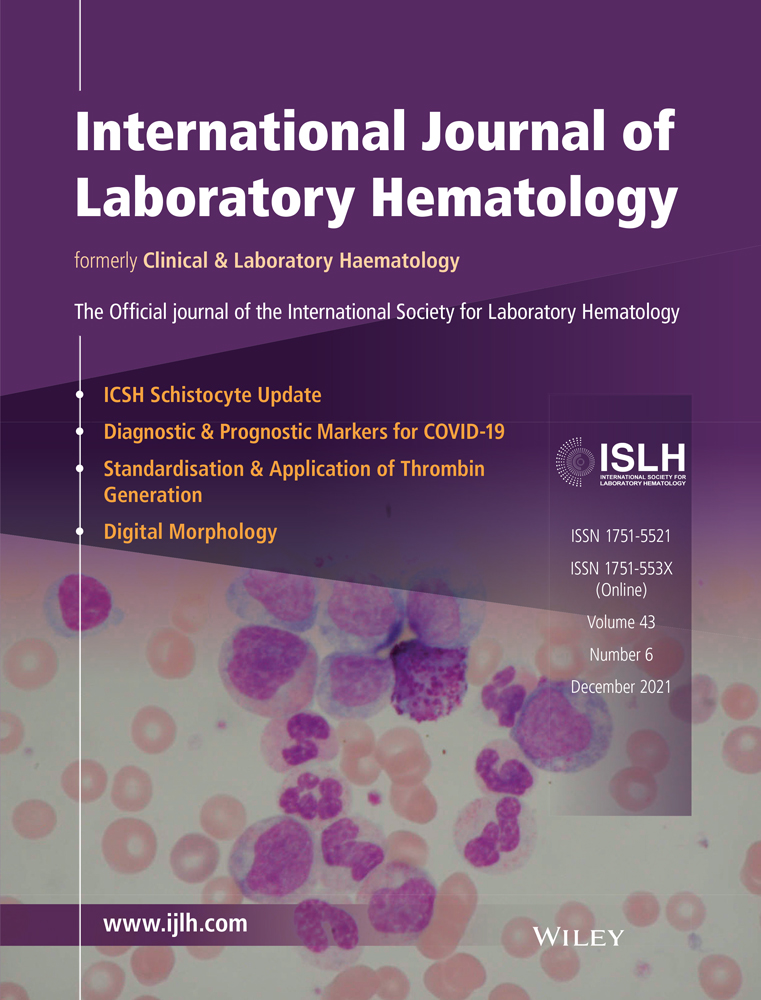Peripheral granular lymphocytopenia and dysmorphic leukocytosis as simple prognostic markers in COVID-19
Abstract
Introduction
Developing prognostic markers can be useful for clinical decision-making. Peripheral blood (PB) examination is simple and basic that can be performed in any facility. We aimed to investigate whether PB examination can predict prognosis in coronavirus disease (COVID-19).
Methods
Complete blood count (CBC) and PB cell morphology were examined in 38 healthy controls (HCs) and 40 patients with COVID-19. Patients with COVID-19, including 26 mild and 14 severe cases, were hospitalized in Juntendo University Hospital (Tokyo, Japan) between April 1 and August 6, 2020. PB examinations were performed using Sysmex XN-3000 automated hematology analyzer and Sysmex DI-60 employing the convolutional neural network-based automatic image-recognition system.
Results
Compared with mild cases, severe cases showed a significantly higher incidence of anemia, lymphopenia, and leukocytosis (P < .001). Granular lymphocyte counts were normal or higher in mild cases and persistently decreased in fatal cases. Temporary increase in granular lymphocytes was associated with survival of patients with severe infection. Red cell distribution width was significantly higher in severe cases than in mild cases (P < .001). Neutrophil dysplasia was consistently observed in COVID-19 cases, but not in HCs. Levels of giant neutrophils and toxic granulation/Döhle bodies were increased in severe cases.
Conclusion
Basic PB examination can be useful to predict the prognosis of COVID-19, by detecting SARS-CoV-2 infection-induced multi-lineage changes in blood cell counts and morphological anomalies. These changes were dynamically correlated with disease severity and may be associated with disruption of hematopoiesis and the immunological system due to bone marrow stress in severe infection.
CONFLICT OF INTEREST
The Department of Next Generation of Hematology Laboratory Medicine at Juntendo University Graduate School of Medicine has been endowed by Sysmex (Kobe, Japan) to develop and validate new diagnostic technology and to conduct academic research in hematology through collaborations. FH, YI, and KU are employees of Sysmex. The study was performed by scientifically proper methods without any bias.
Open Research
DATA AVAILABILITY STATEMENT
The data sets generated in the current study are available from the corresponding author on reasonable request.




